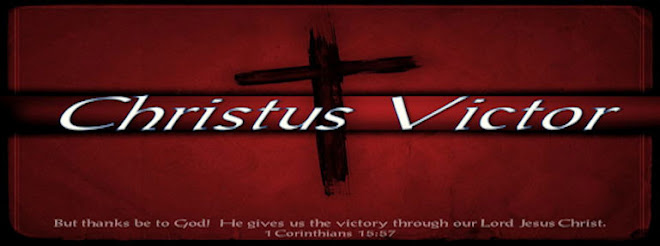Oxymoronic Faith is all too common. Peter had it bad. No less than 3 times did he say to Jesus, "No, Lord." There is no more profound oxymoron than those 2 words in the same sentence. If Jesus is Lord, then we don't say 'No.' If we say 'No', then he isn't our Lord.
The first time Peter said, "No Lord" to Jesus is recorded in John 13*. Peter didn't want Jesus to wash his feet. Peter understood that this menial task was beneath the dignity of Jesus as Rabbi, not to mention, as the Christ. And for Peter, the principle that says "high position exempts one from service" would also be applied to himself, except for the fact that Jesus totally destroyed that principle forever, by his act of service to Peter and the other 11 disciples - including Judas.
To fully understand what Jesus is doing you have to read verse 1-5
It was just before the Passover Feast. Jesus knew that the time had come for him
to leave this world and go to the Father. Having loved his own who were in the
world, he now showed them the full extent of his love.
The evening meal was
being served, and the devil had already prompted Judas Iscariot, son of Simon,
to betray Jesus. Jesus knew that the Father had put all things
under his power, and that he had come from God and was returning to God; so he got up from the meal, took off his outer clothing, and
wrapped a towel around his waist. After that, he poured water
into a basin and began to wash his disciples’ feet, drying them with the towel
that was wrapped around him.
Jesus served the disciples out of the knowledge of who he was. Jesus knew that the Father had put all things under his power, he know where he had come from and where he was going. The knowledge of who he was didn't exempt him from service, it compelled him to service. And it is here where we find the last (at least for this series) Icon of the Christ; the towel. This is clearly the least recognizable compared to the Manger, the Cross, or the Table, but it is no less significant.
One of the essential qualities of the Messiah is that of service. Jesus himself said he did not come to be served, but to serve (Mark 10:45). Paul's description of Jesus leaving the glories of heaven, emptying himself, taking the form of a servant (Philippians 2:6-7) is one of the most loved passages about the nature and work of Jesus. Jesus chose to be a servant. Jesus calls us to the same.
In Christ we are invited to be born again (MANGER), it is expected that we deny ourselves and take up our own cross (CROSS) and follow him. We experience fellowship and communion (TABLE) with one another and Christ, and lastly Jesus calls us to imitate him as we love and serve (TOWEL) one another.
You see these are not just Icons of the Christ, they are our icons as well, symbols of who we are and how we should be living. So when you see these icons in life, let them be reminders of who Christ is and what he's done, and also who we are and how we should live.
* For the other 2 occasions where Peter said, "No Lord", see Matthew 16:21-22 where Peter put Safety above Suffering and Acts 10:11-14 where Peter put Tradition above Mission.

No comments:
Post a Comment